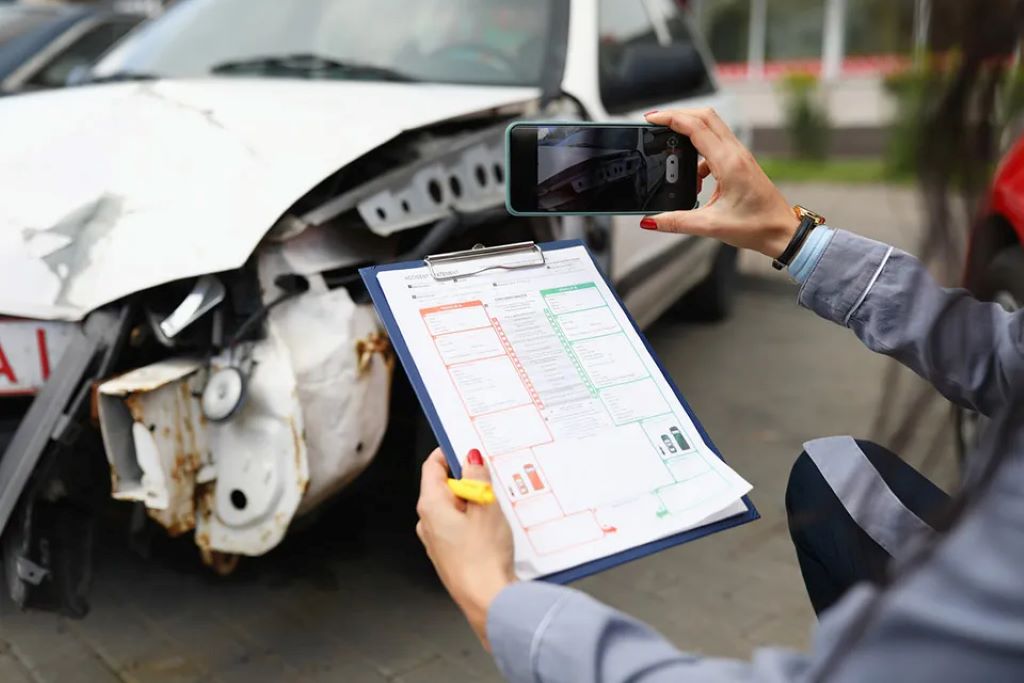Ever driven off a car lot in a shiny new vehicle, only to be hit with a pang of worry? It’s not uncommon. Cars depreciate quickly, which means in the unfortunate event of a total loss – an accident where the car’s value is less than what you owe – you could be on the hook for the difference. This is where Gap Insurance steps in, acting as a financial safety net. But how do you know if you have it, and is it even necessary? Let’s navigate these questions and empower you to make informed decisions about your auto insurance coverage.
Understanding Gap Insurance:
Gap Insurance, short for Guaranteed Auto Protection (GAP), bridges the gap between your car’s Actual Cash Value (ACV) – what it’s worth at the time of an accident – and your loan or lease balance. Traditional collision insurance only covers the ACV, leaving you responsible for the remaining amount. Here’s a simplified example:
- Car value (new): $25,000
- Loan amount: $25,000
- Accident happens (6 months later): ACV is now $20,000
- Collision coverage: Pays $20,000
- Loan remaining: $5,000 (The Gap!)
Without Gap Insurance, you’d owe the lender $5,000 even though your car is totaled. Gap swoops in during such situations, covering the difference between the ACV and your loan/lease balance.
Common Indicators of Gap Insurance:
- Reviewing your policy documents: This is the most definitive way to confirm if you have Gap coverage. Your insurance policy declarations page or a separate Gap add-on document will explicitly mention it.
- Recalling your purchase process: Did you finance or lease your car? If so, the dealership or lender might have offered Gap coverage during the paperwork stage. It’s often bundled with other add-ons, so try to remember if you opted for it.
- Contacting your insurance provider: If you’re unsure about your policy details, simply call your insurance company. They can quickly verify your coverage and answer any questions you have.
Beyond Confirmation: Valuable Insights for Informed Decisions
Even if you don’t currently have Gap coverage, understanding its value can be empowering. Here are some additional insights to consider:
- Financing a New or Newer Car: New cars depreciate rapidly, especially in the first few years. This makes Gap coverage highly relevant. The larger the down payment, the less the gap, but it’s still wise to consider it for peace of mind.
- Length of your Loan/Lease: Longer loan terms make the gap between ACV and loan balance wider for a longer period. If your loan term extends beyond 3-4 years, Gap coverage becomes more attractive.
- Fluctuating Car Market: In today’s volatile car market, used car values can be higher than usual. However, this trend may not last forever. Consider Gap coverage as a safeguard against potential future depreciation.
Making an Informed Decision:
There’s no one-size-fits-all answer to needing Gap coverage. Here are some factors to weigh in:
- Your financial situation: If a surprise out-of-pocket expense would cause financial strain, Gap coverage offers valuable protection.
- Your risk tolerance: How comfortable are you with potentially owing money on a totaled car? Gap coverage minimizes this risk.
- The cost of Gap coverage: Compare the cost of Gap Insurance to the potential financial burden it protects you from.
Don’t Get Stranded: Rental Ride Insurance and Your Repair Woes
Exploring Alternatives:
While Gap coverage from your insurance company is a common option, there are alternatives:
- Loan/Lease Gap Coverage: Some lenders and leasing companies offer Gap coverage bundled into their financing options. Compare the cost to your insurance provider’s Gap coverage.
- Non-insurance Gap Coverage: Third-party companies offer Gap coverage independent of your auto insurance. Research and compare prices before opting for this option.
Related: Need Short-Term Car Insurance? Navigating the Options
The Final Word:
Gap Insurance provides a financial safety net in case your car is totaled. By understanding how it works, the common indicators of having it, and the factors to consider when making a decision, you’ll be empowered to choose the coverage that best suits your financial needs and risk tolerance. Remember, a little research and proactive planning can go a long way in protecting your finances from unexpected situations. So, take charge, explore your options, and drive confidently knowing you’ve got the right coverage in place.






